Coronavirus and hunger: WFP ready to assist largest number of people ever
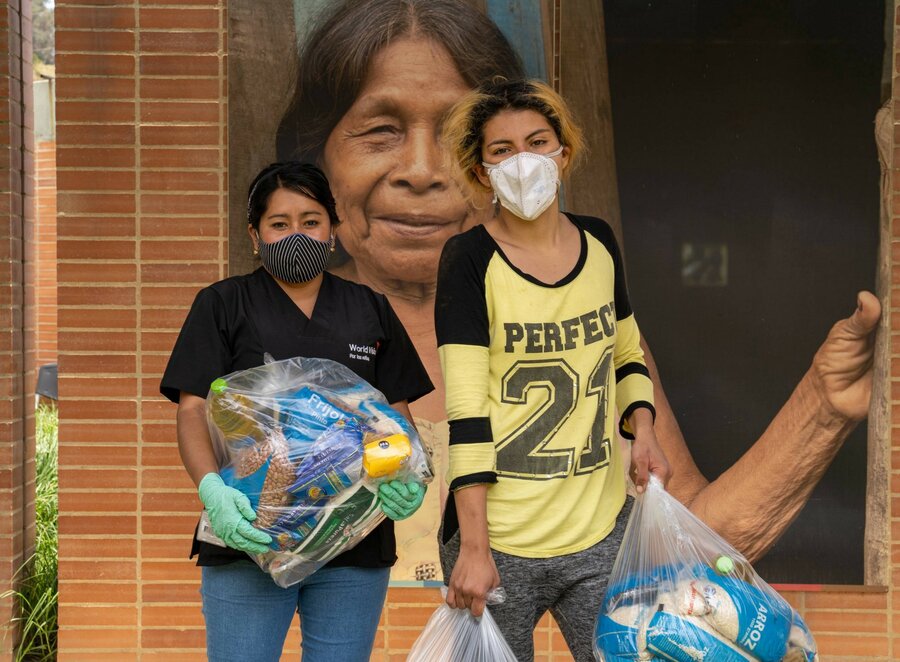
By Peyvand Khorsandi
New numbers released by the World Food Programme this week "confirm our fears and paint and even bleaker picture as the coronavirus pandemic takes its toll", says the organization's Director of Emergencies, Margot van der Velden.
WFP is issuing an urgent call for US$4.9 billion in funding in order to reach up to 138 million people with food assistance by the end of the year — this would be the biggest mobilization in the organization's history, beating last year's record of 97 million people reached with life-saving support.
"We are seeing an increase in governments asking for our help," says van der Velden.
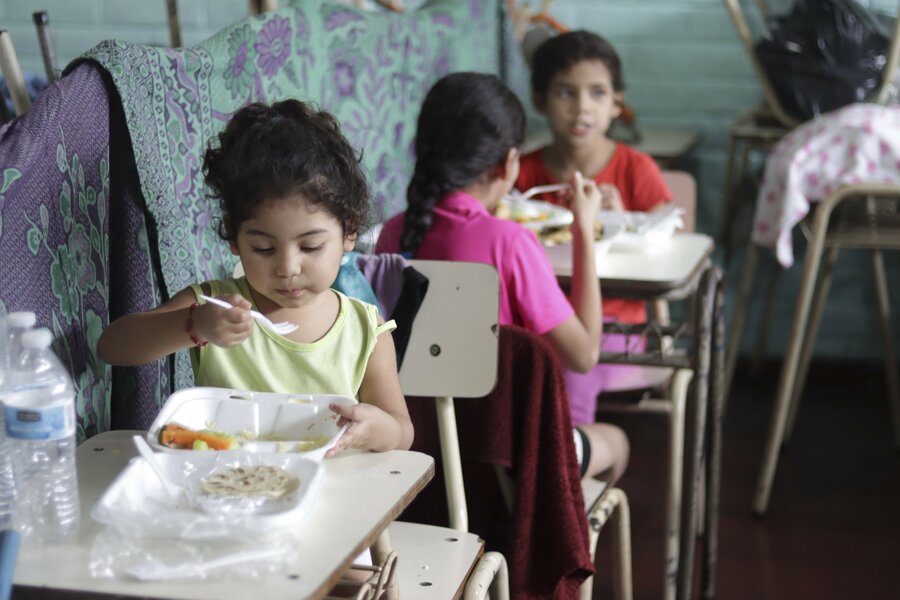
Earlier WFP projections on the number of people who would be pushed into food insecurity by COVID-19 have now been refined with real-time monitoring and assessments where possible.
WFP's new estimates show that the number of acutely hungry in the countries where it operates could increase to 270 million this year — an increase of 82 percent on pre-pandemic figures.
While safeguarding ongoing operations remains an imperative, van der Velden says: "The impact of COVID-19 on people is demanding us to step up and scale up our efforts to ensure more food-insecure people receive assistance. By acting early, we can prevent households depleting assets and livelihoods."
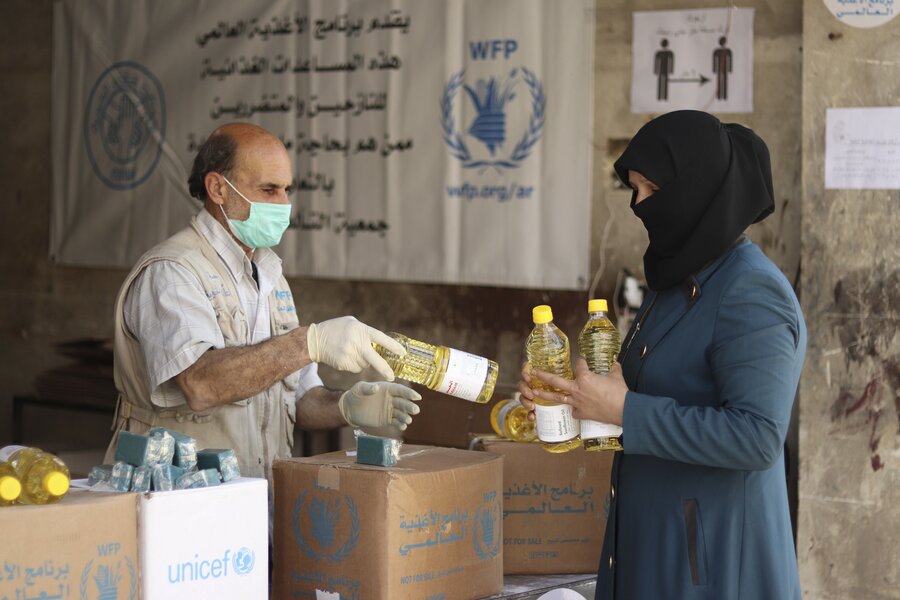
"What is frightening is that the peak is yet to come. Everything that we miss now will be so much more difficult to restore back — we may be seeing only the tip of the iceberg," she warns.
Coronavirus infection levels are climbing at the very moment when food stocks in some parts of the world are already low. At this time of year, many farmers are awaiting crops from new harvests. Hurricane and monsoon seasons are getting underway, while record locust invasions in East Africa and outbreaks of conflict are adding to an already challenging outlook for the world's hungry.
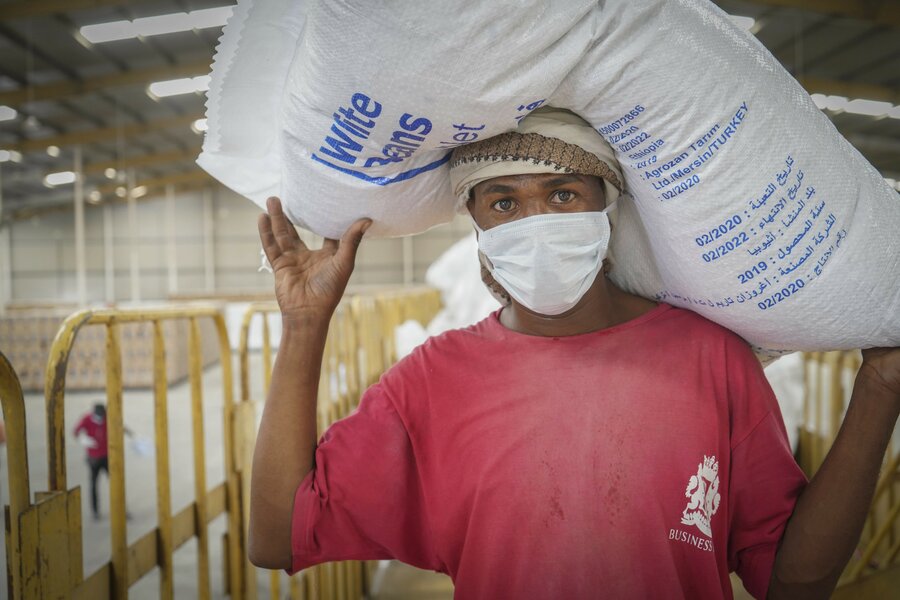
The biggest relative increase in vulnerability is in Latin America, says van der Velden, where a combination of climate shocks, economics pressures, conflict and migration presents an already desperate situation that can only go "from worse to worse" with the pressures brought on by coronavirus. "It's really an area on fire, a very worrisome situation."
Van der Velden confirms the fears of Professor Jenny Pearce of the London School of Economics who in May said Latin America could overtake Europe as the hub of the pandemic, with its "limited health services, inequalities, difficulties for peasant agriculture, and levels of violence".
Indeed, Latin America has seen a three-fold rise in the number of people requiring food assistance — people such as Juan Carlos Casas, from El Alto, Bolivia's second-largest city and part of the metropolitan area of capital La Paz. A kidney patient who requires a specialized diet, he has been undergoing three weekly dialysis sessions for the past 15 years. Lockdown hit him hard.
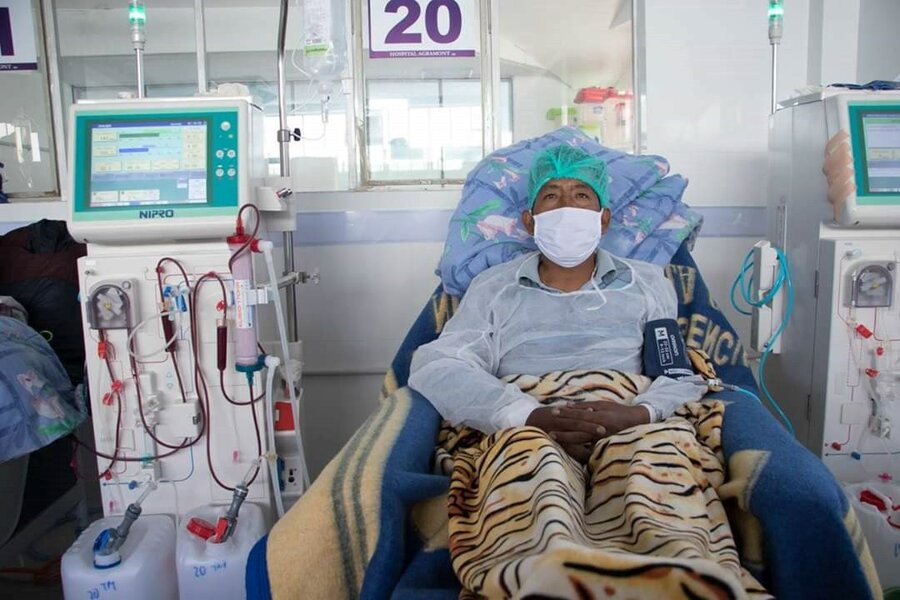
"We had to ration food and haven't been able to afford the specialized foods we need," he tells WFP. "Even those of us who had jobs, or family members with jobs who supported us, haven't been able to work."
Spikes in hunger are also evident in West and Central Africa, which has seen a 135 percent jump in the number of food-insecure people, as well as in Southern Africa, where there has been a 90 percent rise. By the end of the year, the number food-insecure living in urban areas in Zimbabwe alone will have increased from 2.2 million to 3.3 million, that is 45 percent of the country's total urban population.
Zimbabwe has the world's second-highest inflation rate after Venezuela — its central bank says prices overall have surged by more than 122 percent since the start of the year and by more than 800 percent since March 2019.
Maidei, a mother four living in the Epworth district of capital Harare, is among those bearing the brunt — she receives US$54 dollars in cash assistance from WFP to feed her family and finds staying in during lockdown a challenge.
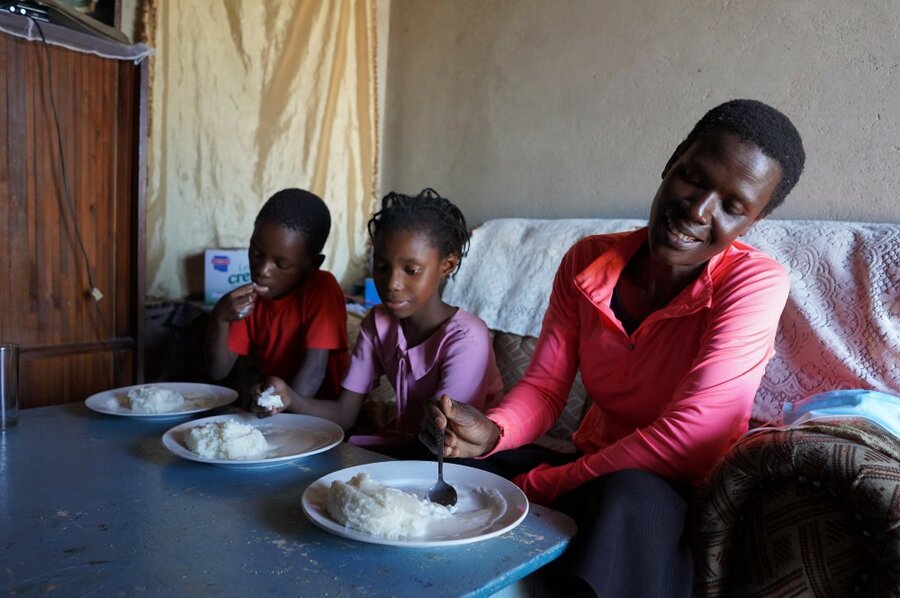
"We have to go out to look for food, firewood and other essentials," she tells WFP. "It appears we're not afraid, but we are very afraid [of COVID-19]. It's just that we have no choice."
Van der Velden says: "If you look at what keeps us up at night, it's those countries with such complex environments, enormous pre-existing vulnerabilities and weak infrastructures that it is close to impossible to put preventative measures into place on the scale that is required — countries like the Central African Republic, South Sudan or Yemen could go haywire at the drop of a hat."
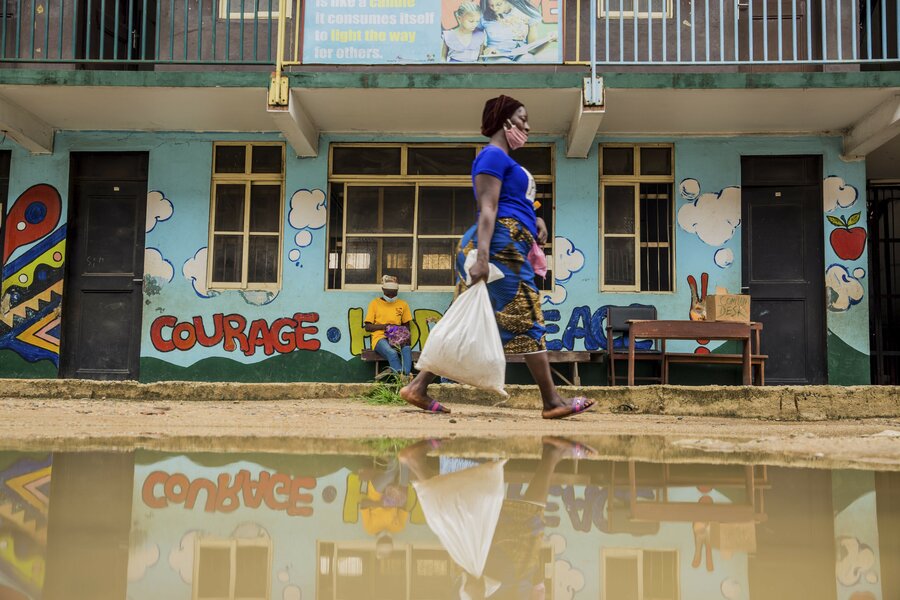
In a press release, WFP has called this "the new face of hunger", requiring specialised responses, with a big increase in the use of cash-based transfers, and a heavy focus on urban settings. "Over half of WFP's new response plan will be delivered in cash and vouchers, allowing urban communities to meet their food needs in local markets," the press release says, "while providing a stimulus to economies."
Executive Director, David Beasley, says: "Until the day we have a medical vaccine, food is the best vaccine against chaos.
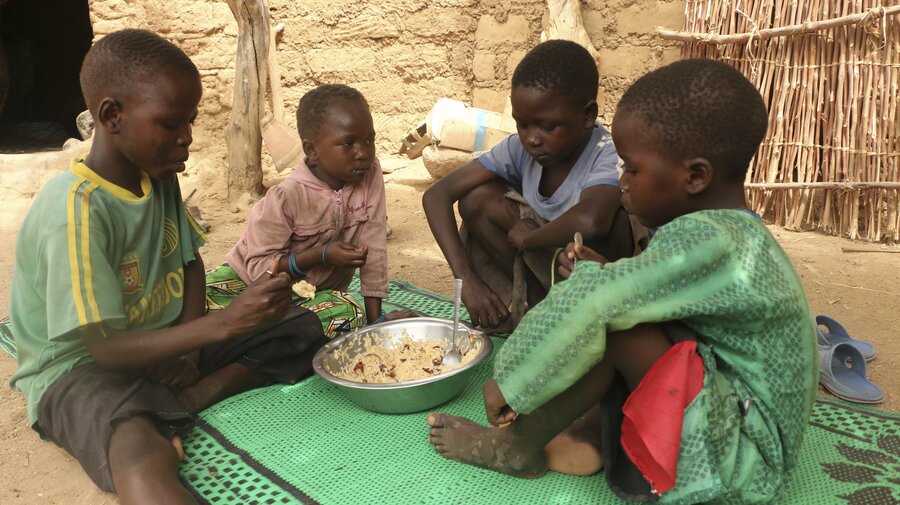
"Without it, we could see an increase in social unrest and protests, a rise in migration, deepening conflict and widespread under-nutrition among populations that were previously immune from hunger."
Van der Velden agrees. She warns that a complexity of factors including COVID-19 and "access issues" could risk facing famine in places such as Northeast Nigeria, South Sudan and Yemen.
"We really need to do all we can and get to the most vulnerable as early as possible before they resort to negative coping mechanisms and sell all they have," she says. "To give people that period of grace to allow them to survive and pick up their lives, or we will see people rolling back into states of food insecurity that are much more difficult to recover from. There is no time to lose."
